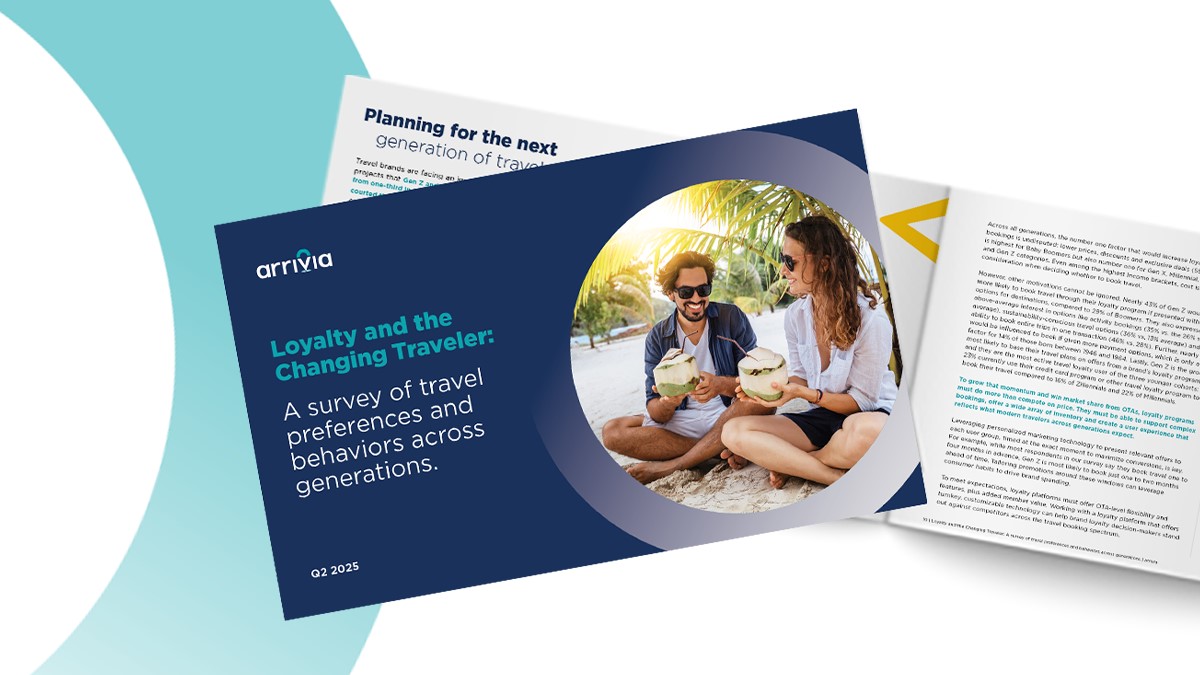Customer retention is increasing a business’s repeat customer rate and extracting additional value from those customers. It is a multifaceted approach aimed at fostering customer loyalty and satisfaction and preventing customer defection to competitors.
Customer retention is crucial to any service industry business’s success. Banks and other financial institutions offer specialized products and services customers need to build prosperous livelihoods.
The Importance of Customer Retention for Banks and Financial Institutions
Did you know that customer retention is more important than acquiring new customers for brand longevity? According to Harvard Business Review, acquiring new customers is 5-25x more expensive than keeping existing ones. Earning business from new customers requires working leads through the sales funnel and utilizing marketing and sales resources. On the other hand, customer retention is generally more cost-effective.
Financial institutions strongly focus on customer churn, also known as customer attrition. The metric measures customer inactivity, disengagement, and account actions over time.
The financial services sector is incredibly competitive. Online lenders now offer more services than just banks, including loans, investment accounts, and refinancing.
Analyze Customer Behavior and Preferences
Market research and segmentation can help financial institutions understand different customer groups. Collect information and analyze customer feedback and reviews to gather insights and improve services. Before beginning, look at your CRM system to gather insights from customers’ behavior before deciding. A customer journey map can be created by identifying the touchpoints in the customer lifecycle, such as:
- Visits to your website, including product pages, product comparisons, and help center articles
- Engagements with your company on social media
- Phone calls to account managers or support teams
Next, map out the key milestones in the customer journey to understand what information your customers need at each stage of the customer lifecycle and what financial content you need to create to meet those needs. Then, analyze that data to understand triggers – what makes customers contact you or visit your website? What has changed in their life that prompts them to contact their bank or financial institution?
Build a Strong Customer Service Culture
A corporate culture of customer service instills an inward focus within an organization, whereby employees and customers are committed to upholding the company’s core values, vision, and mission. Such a culture, when cultivated positively, endows employees with the confidence and autonomy to prioritize the customer’s needs above all else.
For banks and financial services organizations, a positive service culture has many advantages, including:
- Increased employee engagement and satisfaction
- Improved customer service metrics
- An enhanced company image that helps attract talent and build brand loyalty
For customer service teams, a positive service culture also offers many benefits. It helps employees feel more committed to their work and the company, which results in increased motivation and commitment. In turn, this leads to higher productivity for both individual team members and the entire team:
Customer Centricity
Focus on customer needs and feedback, not only to improve your service but also as an opportunity to learn from customers.
Systemization of Work Processes
Document policies and procedures for all aspects of service delivery so they can be communicated clearly among employees.
Feedback Loop
Make feedback available to employees so they can see how their work affects the customer experience.
Public Recognition
Acknowledge excellent service when you see it, both publicly and privately.

Provide Financial Education and Resources
Financial education plays a significant role in customer loyalty and is extremely valuable to banks and credit unions. Educated consumers tend to be more confident, satisfied, informed, and engaged with the products and services from their financial institutions.
High-quality financial education and financial literacy increase customer loyalty. Linking helpful educational tools to positive emotions among consumers, including financial empowerment and confidence, can be achieved. Further, the more products consumers use at their primary financial institution, the less likely they are to switch institutions.
Helpful resources such as online personal finance guides, money management podcasts, educational webinars, easy-to-understand knowledge bases, and other tools and resources are great ways for financial institutions to use educational content to improve customer retention.
Offer Personalized Experiences and Rewards Programs
The modern financial services industry is competitive, and customer retention is the key to success. Loyalty and rewards programs are meant to incentivize consumer behavior by providing customers with rewards like cash-back bonuses and points that can be exchanged against goods when they spend using their cards.
Travel Loyalty Program
Regarding rewards, research shows that travel is among the most attractive redemptions. Credit card companies and banks that go beyond simple airfare, car, and hotel incentives to include exclusive experiences, cruises, and alternative accommodations are more likely to capture a significant share of their customers’ travel spend and a sizable portion of their everyday spending. By setting up a dedicated booking platform, they can generate more revenue on their travel products. Arrivia’s value as a partner to financial institutions becomes apparent in this context.
Conduct Regular Customer Satisfaction Surveys to Improve and Evolve the Banking Experience
Finally, establishing a cadence of customer satisfaction surveys keep customers actively reporting on their level of engagement. Distribute customer satisfaction surveys monthly, bi-monthly, quarterly, or annually to collect regular benchmarks. These benchmarks allow the financial institution to compare and contrast customer satisfaction survey feedback over time.
Next, analyze survey results to identify areas for improvement and address any issues or concerns customers raise. Finally, financial institutions can employ valuable data to develop and implement targeted retention strategies and initiatives.
Discover How Arrivia Can Help You Retain Customers!
A loyalty or rewards program cannot be one size fits all. Arrivia is experienced in satisfying financial customers’ travel needs, goals, and expectations. With many consumers wanting a personalized experience, financial institutions need the technology that will allow them to offer individualized rewards for their most loyal customers.
While value for money remains a customer’s top priority, delivering more options and a great customer experience is the most sustainable path for a successful travel loyalty program. In addition, you do not have to be a travel provider to tap into the emotional appeal of travel as a reward – you just need a travel rewards and benefits platform.
Financial institutions can partner with a rewards technology and fulfillment company like arrivia to create a dedicated travel booking platform exclusively for their unique customers.



